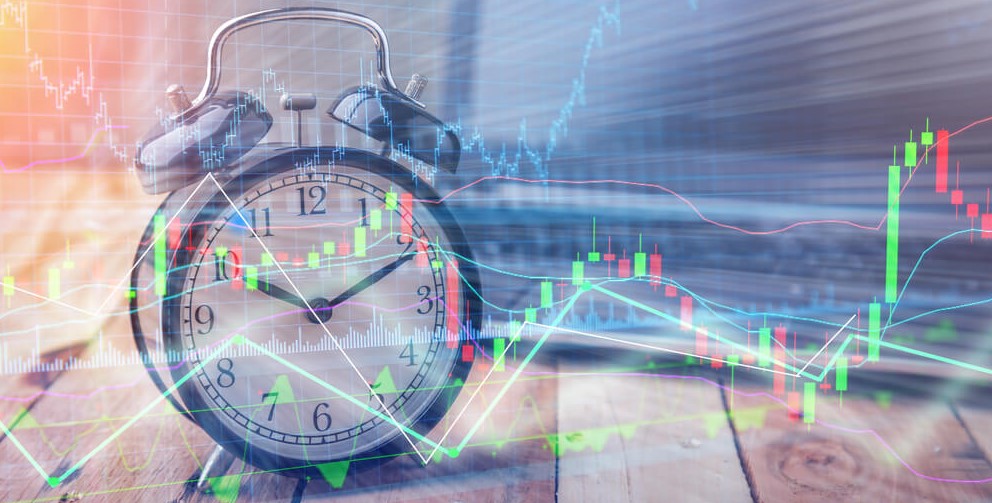“Noise traders.”
That’s the latest label the media is using for the small retail investors who catapulted the GameStop story beyond CNBC and onto your local evening news.
But it’s not a new term or concept.
In 2012, I read a book titled Behavioral Finance as part of the Chartered Market Technician (CMT) curriculum. It devoted a large section to “noise traders.”
Well before that, in 1986, Harvard economist and eventual namesake of the gold-standard options pricing model, Fischer Black, wrote a paper for the Journal of Finance titled Noise and used the term 85 times.
As I see it, there are two ways to think about “noise traders,” depending on how derogatory you want to be.
One sees these unprofessional and less-informed investors trading based on noise — on information that is unimportant and not impactful to market prices. This is in juxtaposition to professional traders who can isolate the “signal” and ignore the noise.
The other suggests that small-account investors create noise in market prices. They cause markets to move in ways that should be ignored since, soon enough, those moves will prove to be unimportant price action.
I agree with the first of these. But you should believe the second one at your own peril.
How Noise Trades Threaten “Efficient” Markets
The authors of that Behavioral Finance book I read in 2012 suggest two necessary conditions for so-called “noise traders” to threaten the Efficient Markets Hypothesis (EMH).
That is … for retail traders to make the markets “irrational,” to use a layman’s term loosely.
Those conditions are:
1. Noise traders must not cancel each other out.
If half of all noise traders are overly optimistic, and the other half are overly pessimistic … market prices can remain “efficient.”
But, if all or most of the noise traders are all on the same side — of sentiment, or a trade — that’s when they cause the markets to trade to “irrational” levels.
2. Noise traders must survive economically for a significant period of time.
Essentially, they can’t run out of money. Or, as they do, there must be a sufficient quantity of new noise traders stepping into the places of the newly-broke ones exiting the market.
Of course, “noise traders” as a group have been a significant market participant for as long as markets have existed.
But since the label returned to prominence out of the r/WallStreetBets story, it’s worth considering how this latest vintage of noise traders is affecting the market … and speculating for how much longer they may continue to do so.
When Will the “Noise Traders” Go Broke?
I don’t see much of a debate centered on the first condition above. It’s pretty clear that the predominant and overwhelming sentiment among retail traders today is one of bullishness. This idea that “stocks only go up.
The more pertinent question is: Will they soon blow up their accounts and exit the markets?
Last year, in early September, I wrote to my 10X Profits subscribers about unusual trading activity in the options market, particularly in the cult-followed “FAANG” stocks.
One large institutional investor, dubbed the “Nasdaq whale,” had purchased a massive $4 billion worth of call options on a small handful of these tech stocks. But that was not to be outdone by the $40 billion worth of bullish call options that retail investors (aka “noise traders,” also “minnows”) collectively bought on the same names.
At the time, I pointed out how the call options those “minnows” were buying were short-dated … expiring just days or weeks after they were purchased.
I even quipped: The trades could get washed out before Halloween, if not before, and the folks who were making them could call it quits, having burned through the few thousand dollars they’d been willing to gamble with.
Well, clearly, that speculation was dead wrong. Otherwise, we wouldn’t have seen the GameStop run-up less than six months later!
In short, I now think the potential staying power of the noise traders should not be underestimated.
While it seems reckless that small-account traders are buying up short-dated options on highly-volatile stocks … if they’re following a prudent position-sizing plan, they just may last longer than we might otherwise assume.
Anyone who buys call options is taking advantage of “non-recourse leverage.”
Leverage is often seen as a bad word. Probably because most folks who “blow up” their accounts were reckless with leverage.
But non-recourse leverage is different.
When you buy a call option, it’s impossible to lose more than you’ve invested in the option. Your broker will never hit you with a margin call. And you can hold the trade for as long as you like (until the contract expires, of course).
This makes call-option buying a much safer form of leverage. And since many call option contracts cost just $100 or $200 dollars, if a small-account trader rations their total account wisely — even if it’s just a few thousand dollars — they may have the staying power for dozens of trades.
They may even have the staying power for hundreds of trades, particularly if some of them return two- to ten-times the initial investment, as options are certainly capable of doing.
Noise traders may not go quietly into the night any time soon. And since they seem to all be leaning in the same direction (bullish) … they’re very likely to continue having a meaningful impact on market prices and volatility levels.
To good profits,
Adam O’Dell
Chief Investment Strategist
Adam O’Dell is the chief investment strategist of Money & Markets and has held the title of Chartered Market Technician for nearly a decade. He is the editor of Green Zone Fortunes, the trend and momentum options-trading powerhouse Home Run Profits and the time-tested switch system 10X Profits.




